Clinical Significance of Protein Binding
Introduction Clinical Significance of Protein Binding: Protein binding of drugs refers to the reversible interaction between a drug and proteins in the blood, mainly albumin, alpha-1 acid glycoprotein, and lipoproteins. This binding has crucial clinical implications because it directly affects the drug’s pharmacokinetics, pharmacodynamics, therapeutic efficacy, and safety profile. Only the unbound or free form … Read more

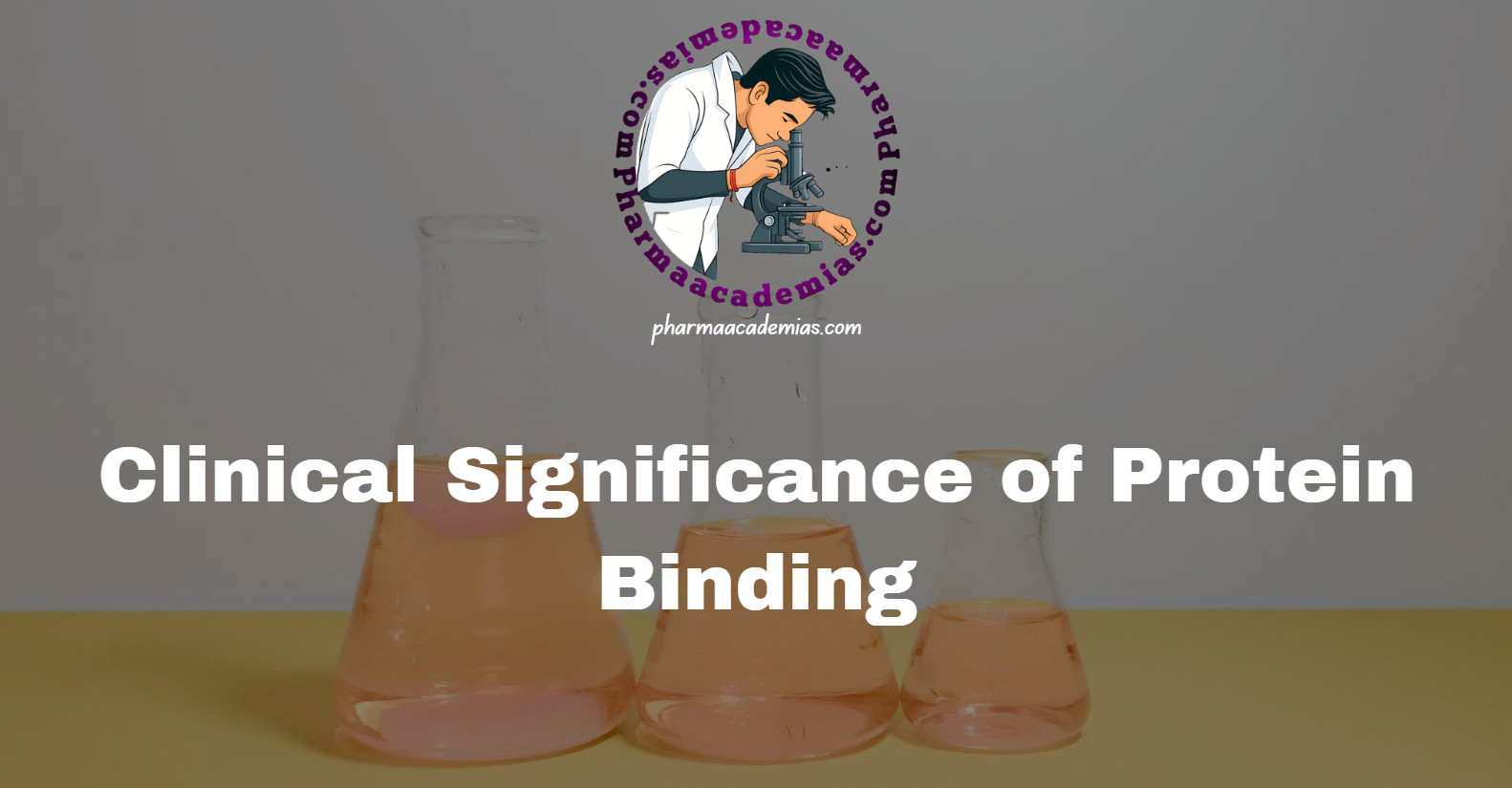
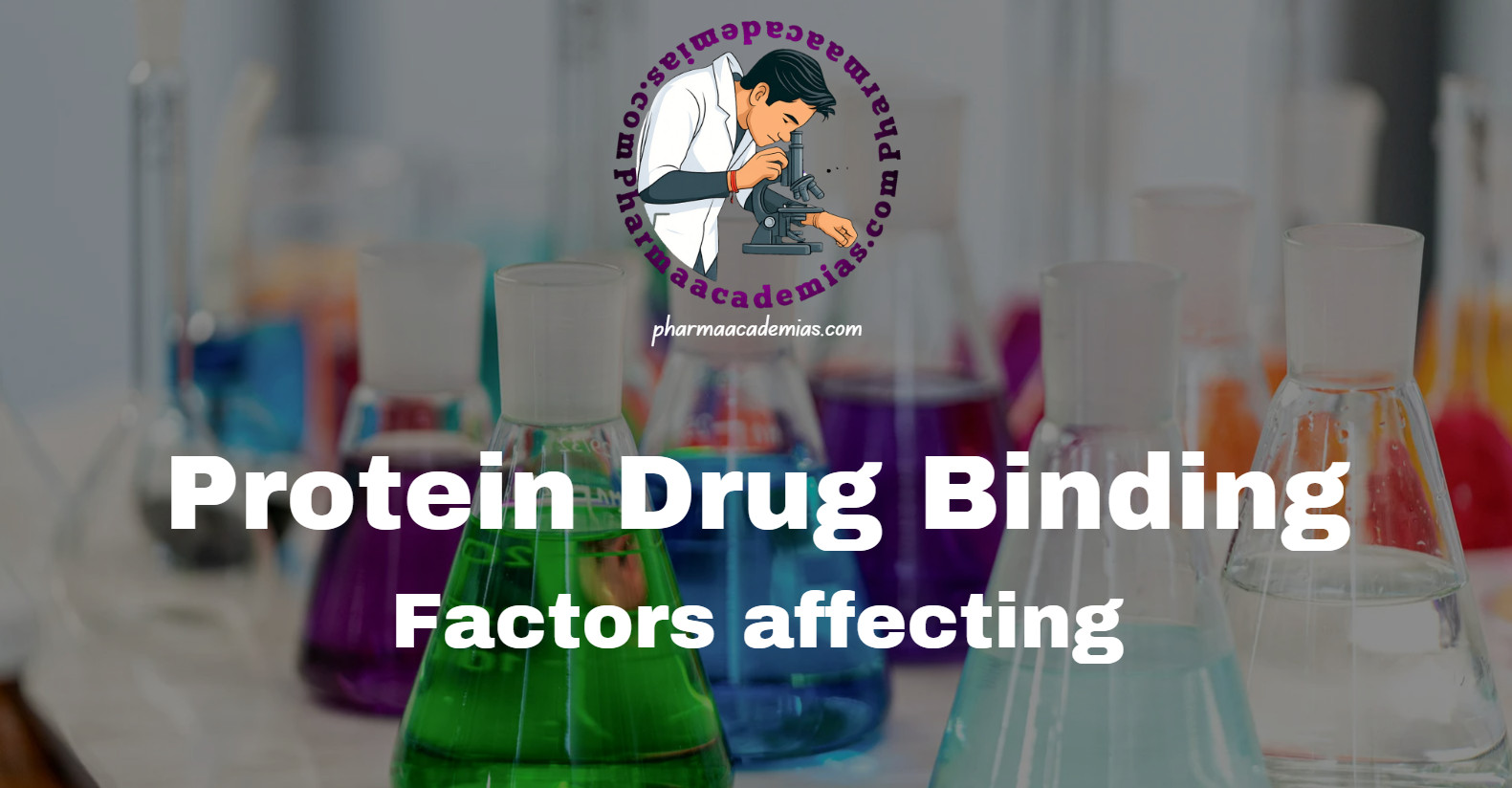
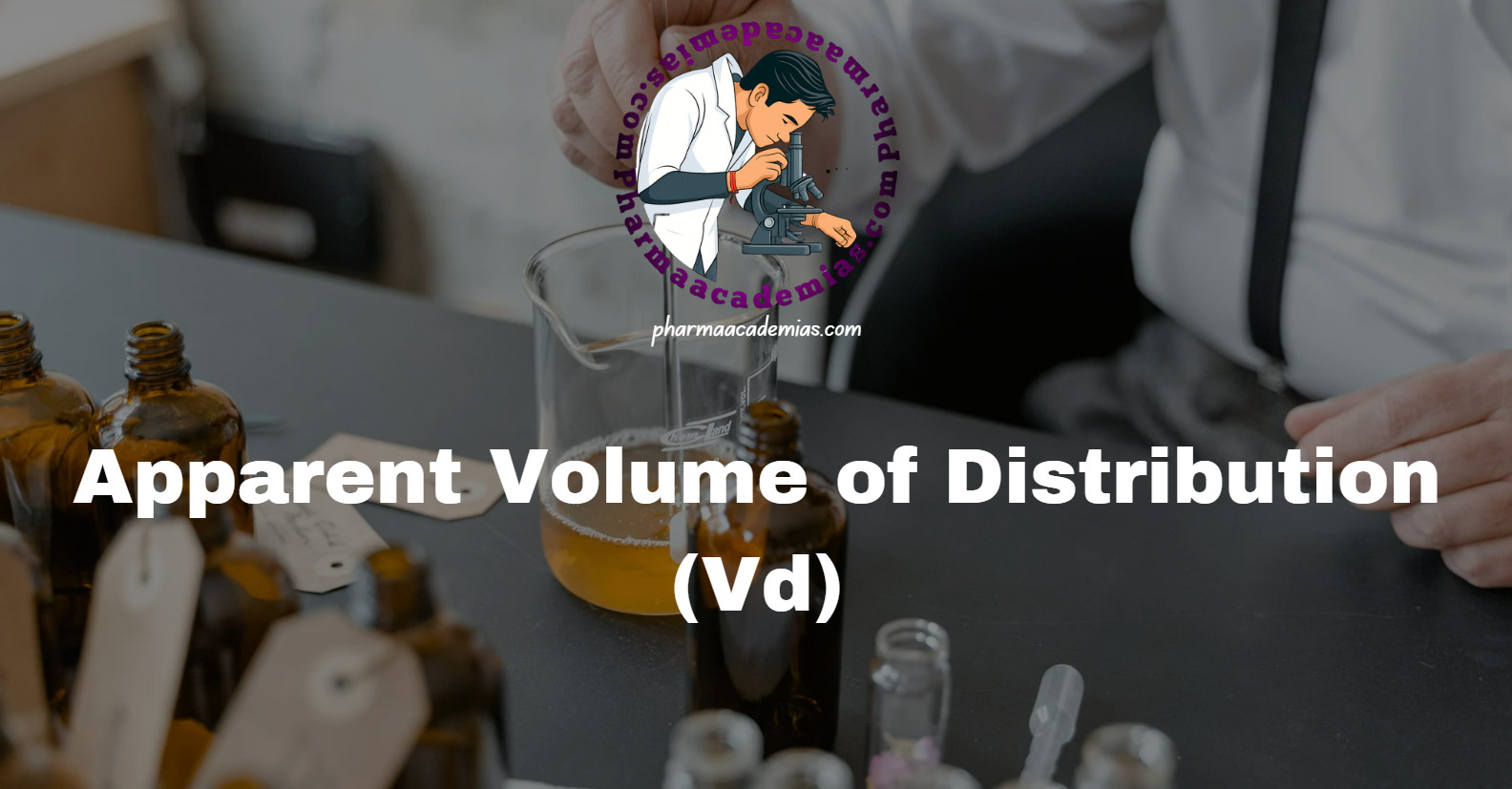
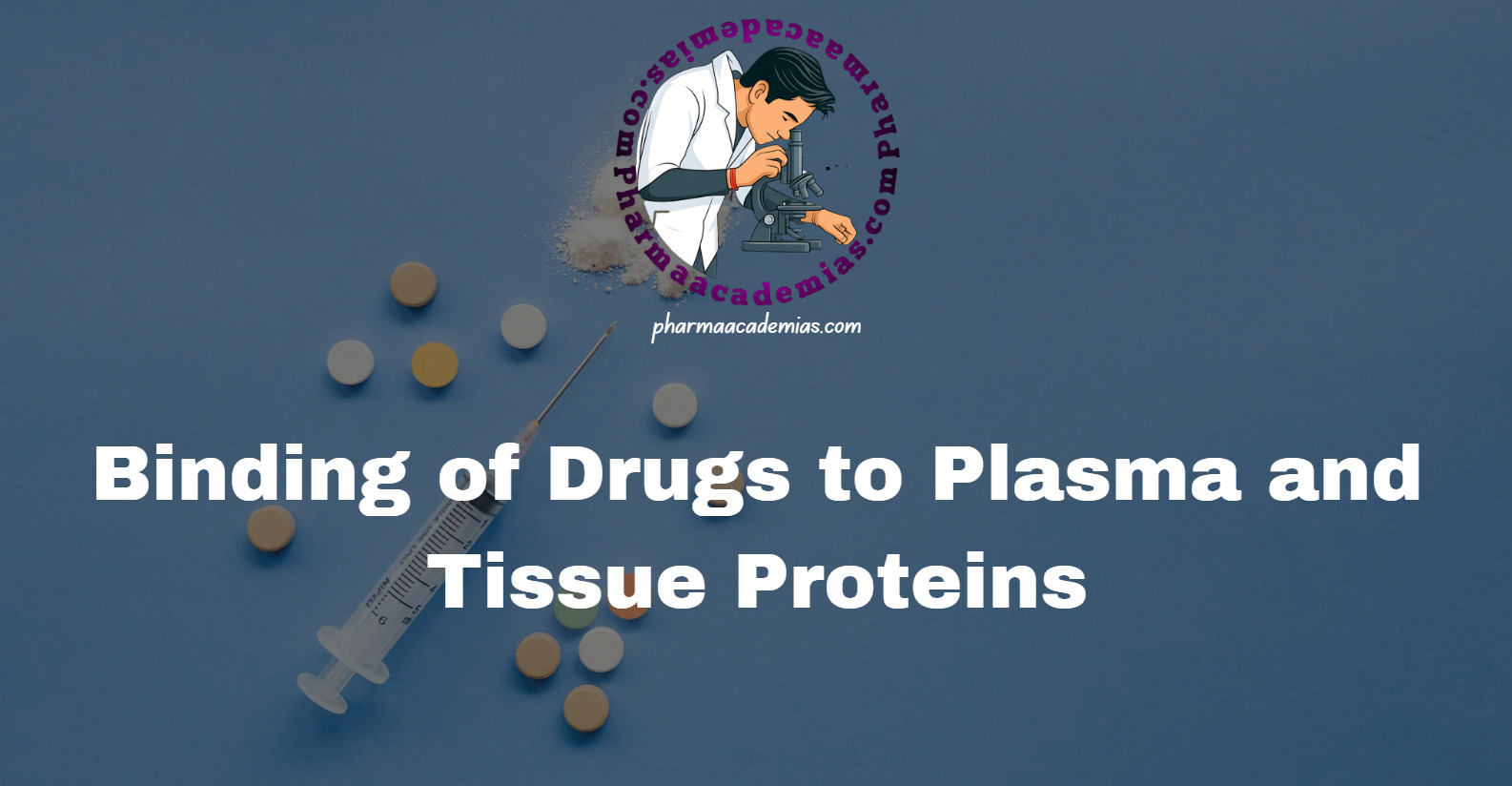
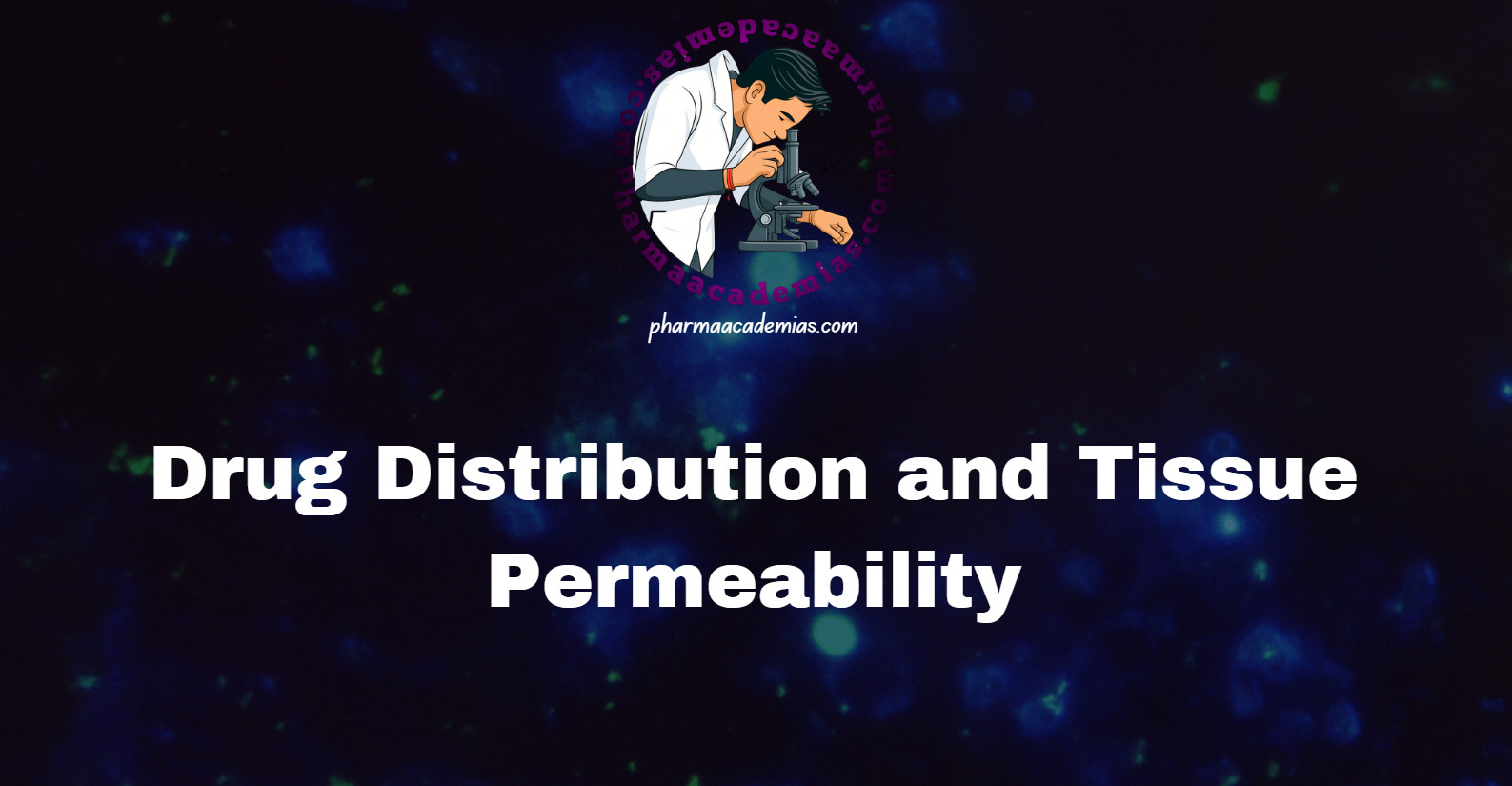
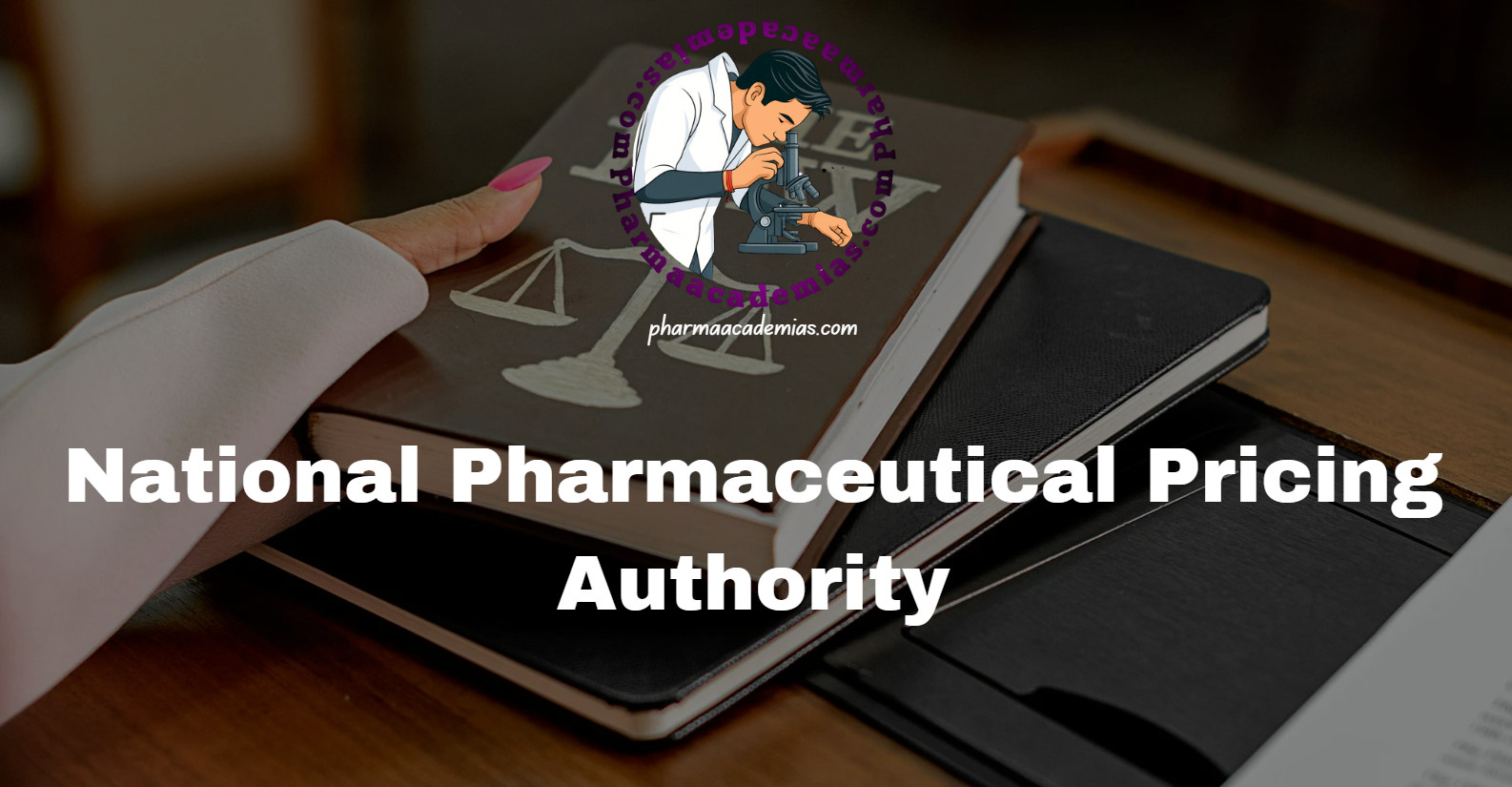



 Join Our Telegram Channel
Join Our Telegram Channel